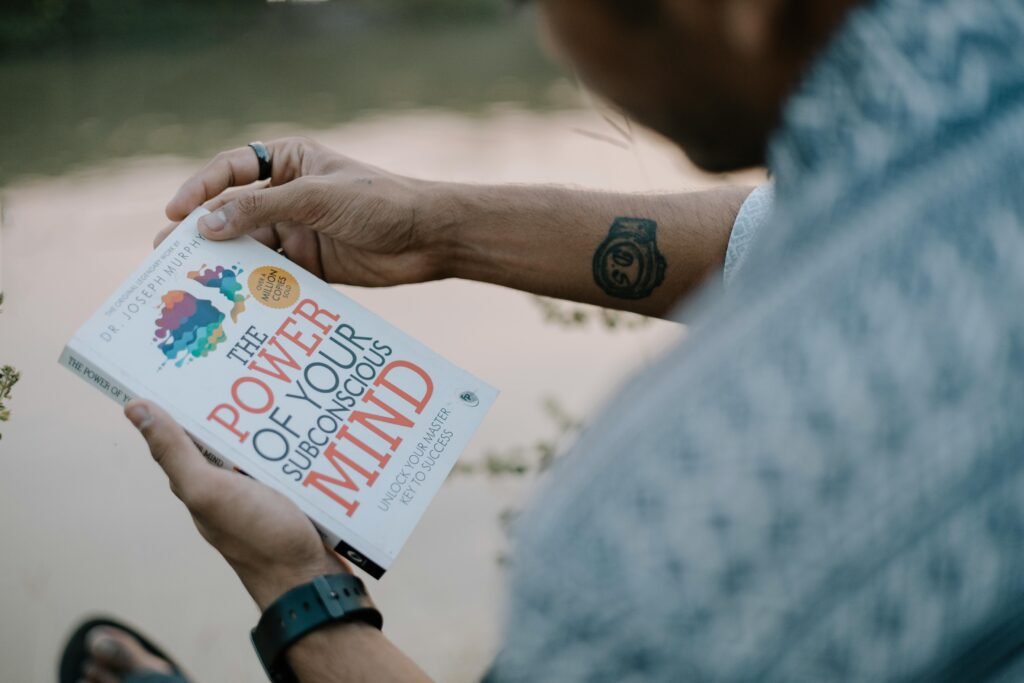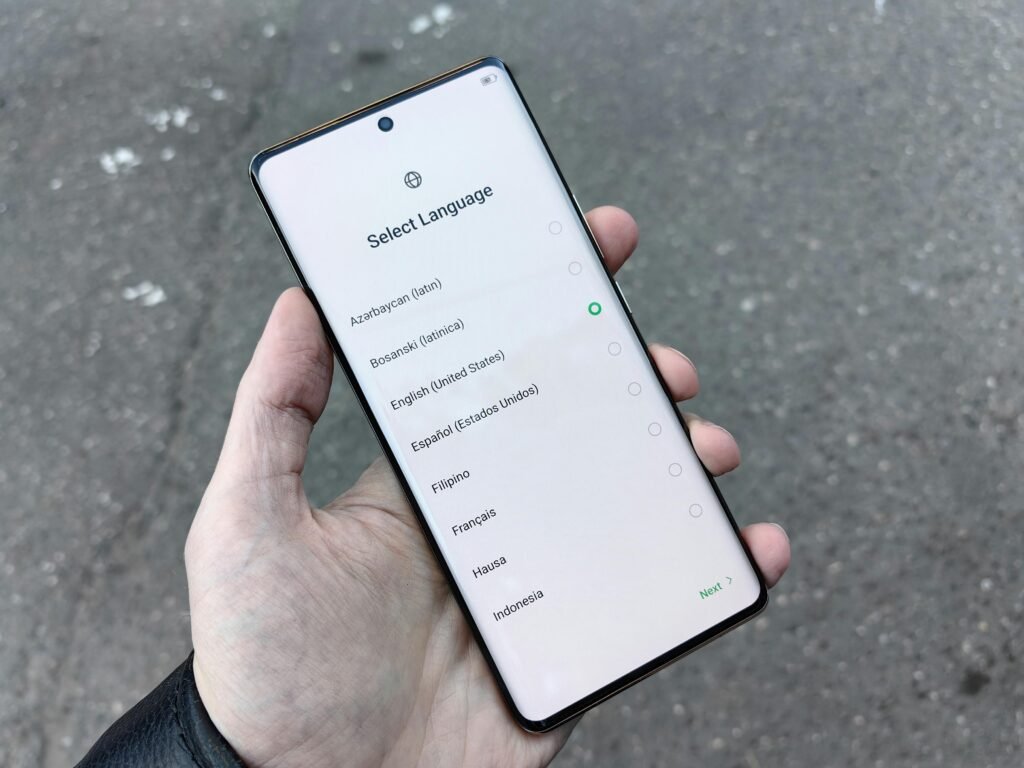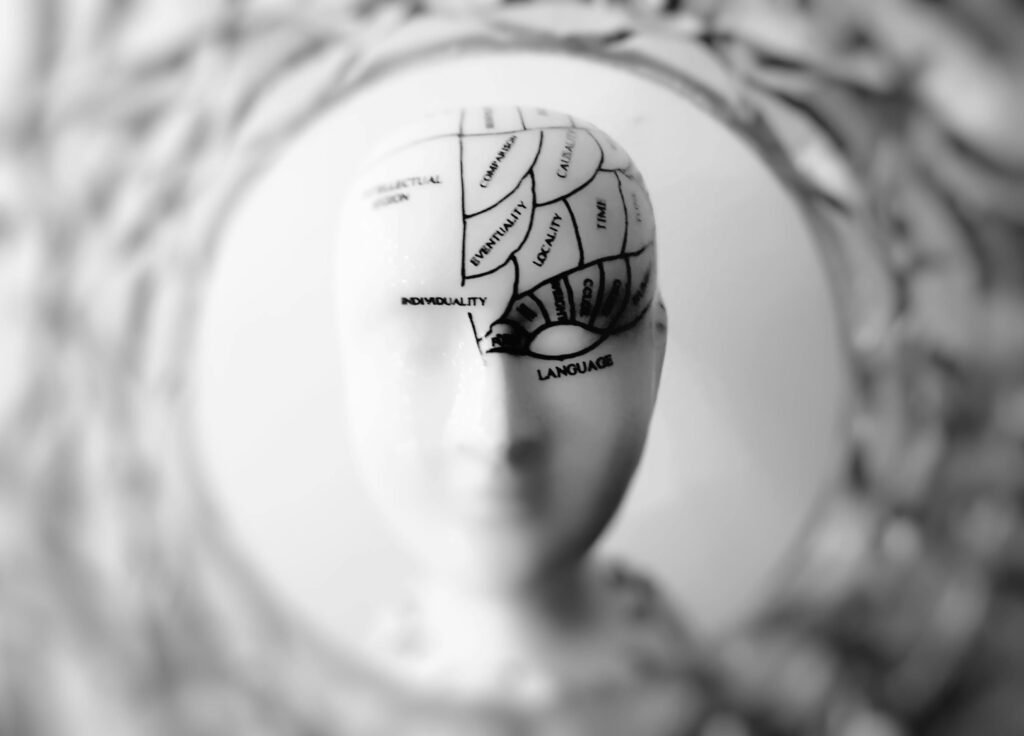
Understanding the Phenomenon
The experience of dreaming in a language you’ve never formally studied can be both surprising and intriguing.
It’s as if your mind is exploring new territories while you sleep.
This phenomenon isn’t as rare as one might think and provides a unique glimpse into the intricate workings of our subconscious.
Our brains have a remarkable ability to store and process linguistic information, even if we aren’t actively aware of it.
The process begins with our everyday interactions with various languages.
Whether it’s overhearing a conversation in a café, watching a foreign film, or listening to international music, our brains are constantly picking up bits and pieces of different languages.
These fragments of information get stored in our subconscious, creating a mental library of sorts.
When we dream, our subconscious mind has free rein to access and piece together this information in ways that might not be possible when we’re awake.
Interestingly, even limited exposure to a foreign language can leave a lasting imprint.
Imagine spending a week in a country where a different language is spoken.
The constant barrage of unfamiliar sounds and phrases gets absorbed by your brain, much like a sponge soaking up water.
These experiences can resurface in your dreams, allowing you to “speak” the language even if you can’t do so fluently when awake.
Another fascinating aspect is how our subconscious mind can create scenarios that feel incredibly real, including the use of languages we’ve only encountered in passing.
This might involve conversations with people who speak that language or navigating a setting where the language is used.
The brain’s ability to simulate these experiences vividly can make the dream feel like an authentic interaction.
There’s also the possibility that our dreams are influenced by our desire or intention to learn a new language.
If you’re actively trying to learn a new language, your brain might be more inclined to incorporate it into your dreams.
This can serve as a form of mental rehearsal, giving you a chance to practice and reinforce your learning in a low-pressure environment.
In essence, dreaming in a foreign language is a testament to the brain’s adaptability and its ability to process and integrate diverse linguistic inputs.
By understanding how these dreams occur, we can appreciate the subconscious mind’s role in language acquisition and perhaps even use this knowledge to enhance our learning experiences.
Role of the Subconscious Mind

Our brains process and store languages in ways that are both complex and intriguing.
The subconscious mind plays a pivotal role in how we comprehend and recall languages.
Language acquisition research often focuses on speech comprehension and the impact of speech input, emphasizing how our genetic makeup might predispose us to learn languages more effectively.
Moreover, our daily exposure to different languages can significantly influence how these languages manifest in our dreams.
The subconscious mind absorbs linguistic elements from our daily encounters, whether we actively try to learn the language or merely happen upon it in our environment.
For example, overhearing conversations, watching foreign films, or listening to international music all contribute to this mental reservoir.
When we sleep, the subconscious weaves these fragments into our dreams, creating scenarios that utilize the languages we’ve passively absorbed.
This mental rehearsal can be surprisingly effective, allowing us to practice language skills in a dream state.
In addition, emotional and cognitive factors play a role in how languages surface in our dreams.
Our subconscious mind is deeply connected to our emotional states and experiences, which can trigger the use of different languages during dreaming.
Stress, excitement, or curiosity about a particular culture or language can prompt the brain to incorporate those linguistic elements into our dreams.
Interestingly, the act of dreaming itself can serve as a form of language practice.
During REM sleep, the brain is highly active, and the subconscious mind uses this time to process and organize information.
This can include consolidating language skills we’ve encountered during the day, thus making it more likely for these languages to appear in our dreams.
Such experiences underscore the importance of the subconscious in language learning and demonstrate how our brains continue to work on linguistic skills even while we sleep.
Lastly, the subconscious mind’s capacity to blend different languages into our dreams highlights the incredible versatility of our cognitive functions.
Our brains are not limited to conscious learning; they are constantly processing and integrating new information, making the experience of dreaming in a foreign language a testament to our mental adaptability.
Cultural Immersion

Cultural immersion plays a vital role in experiencing dreams in foreign languages.
When we engage deeply with a new culture, we absorb its linguistic nuances in a way that classroom learning alone cannot provide.
This kind of immersion goes beyond just understanding words; it involves experiencing the sights, sounds, and rhythms of everyday life in a different linguistic environment.
For instance, watching films or television shows in another language not only familiarizes us with vocabulary and grammar but also exposes us to cultural contexts and colloquial expressions that are often missing from textbooks.
Listening to music in a foreign language can have a similar effect, as the melodies and lyrics become intertwined with our emotions and memories, embedding the language more firmly in our subconscious.
Traveling to a country where the language is spoken provides an even richer form of immersion.
The daily interactions with native speakers, whether in markets, restaurants, or public transportation, create a constant stream of linguistic input.
These real-world experiences force us to use the language in practical, often spontaneous ways, making the learning process more dynamic and memorable.
Even if international travel isn’t feasible, there are ways to immerse yourself culturally within your own community.
Many cities offer language meetups or cultural events where you can practice speaking with native speakers and learn more about their customs and traditions.
Participating in these activities can significantly enhance your language skills and increase the likelihood of incorporating the language into your dreams.
Engaging in activities that involve multiple senses can further strengthen this immersion.
Cooking a recipe from another country, for example, can introduce you to the language through ingredient names and cooking terms, while also providing a sensory experience that reinforces memory.
Similarly, reading books or poetry in a foreign language can offer insights into the cultural and emotional layers of the language, deepening your connection to it.
By immersing ourselves in the rich tapestry of another culture, we create a fertile environment for our subconscious minds to draw upon these experiences.
This heightened exposure increases the chances that the language will appear in our dreams, offering a unique and often surprising way to practice and reinforce our learning.
Memory and Language Recall

Memory and language recall are intricately connected in our brains, working together to facilitate the experience of dreaming in a foreign language.
When we encounter new linguistic information, our brains are actively engaged in encoding and storing these details, which later can resurface in our dreams.
This process often occurs during REM sleep, a stage known for its role in consolidating memories and processing information.
Our brains act like a vast storage system, cataloging the sounds, structures, and meanings of the languages we encounter.
This stored information is not always immediately accessible to our conscious minds but can be drawn upon during sleep.
For example, phrases you heard in a foreign language film or snippets of conversation from a trip abroad can be woven into the fabric of your dreams, creating a patchwork of linguistic elements.
Interestingly, emotional and situational contexts play a significant role in how we recall languages.
Memories that are tied to strong emotions or unique experiences are often more vivid and easier to retrieve.
So, if you’ve had an emotionally charged encounter in a different language, those moments are more likely to reappear in your dreams.
This could be a heartfelt conversation, an exciting adventure, or even a challenging situation, all of which leave a lasting impression on your subconscious.
Moreover, the act of practicing a language can strengthen these neural connections, making it more likely for the language to appear in your dreams.
Repeated exposure and use of a language build a stronger network of associations in your brain, making it easier to access these memories during sleep.
This is why language learners often find themselves dreaming in the new language after consistent practice, as their brains are actively reinforcing these linguistic pathways.
Additionally, sensory input plays a crucial role in how we recall languages in our dreams.
Engaging multiple senses while learning a language—such as listening to music, watching movies, or even cooking with foreign recipes—creates richer, more detailed memories.
These multisensory experiences are more likely to be retained and later accessed during sleep, enhancing the vividness of language recall in dreams.
By understanding the connection between memory and language recall, we can better appreciate how our brains use sleep to reinforce and practice language skills.
This highlights the incredible capacity of our minds to integrate and utilize diverse linguistic inputs, offering a unique avenue for language learning.
Techniques to Encourage Multilingual Dreams

Engaging with a new language actively and consistently can significantly enhance your chances of experiencing multilingual dreams.
One effective technique is to immerse yourself in the language as part of your daily routine.
Utilize language learning apps that offer interactive lessons and practice opportunities.
These tools often include features like speaking exercises and quizzes that can help reinforce your skills.
Participating in conversation groups is another excellent way to deepen your language exposure.
Many communities, both online and offline, offer language exchange meetups where you can practice speaking with native speakers or fellow learners.
These real-time interactions can provide practical experience and expose you to the natural flow and nuances of the language.
Incorporating the language into your leisure activities can also be beneficial.
Watch movies or TV shows in the language you are learning, and pay attention to the dialogue and cultural context.
Subtitles can help bridge the gap, making it easier to follow along and understand new vocabulary.
Listening to music in the foreign language can further immerse you in its sounds and rhythms, enhancing your auditory learning.
Reading books, articles, or even comic strips in the target language can improve your reading comprehension and familiarize you with different linguistic structures.
Start with simpler texts, such as children’s books, and gradually move on to more complex material as your skills improve.
This method not only builds vocabulary but also helps you grasp the language’s syntax and idiomatic expressions.
Engaging multiple senses can also aid in language retention.
Cooking recipes from a country where the language is spoken introduces you to culinary terms and phrases.
This hands-on approach combines language learning with a sensory experience, making the information more memorable.
For those who enjoy writing, keeping a journal in the foreign language can be a powerful tool.
Documenting your daily activities, thoughts, or even dreams in the new language encourages you to think and process information in that language, thereby reinforcing your learning.
Finally, setting specific language learning goals and tracking your progress can keep you motivated.
Whether it’s mastering a certain number of vocabulary words each week or holding a five-minute conversation with a native speaker, these milestones can provide a sense of accomplishment and encourage continued practice.
Personal Accounts and Experiences

Personal experiences of dreaming in foreign languages often reveal the surprising capabilities of our minds.
For instance, Jane, a high school student with minimal exposure to French, dreamt she was navigating a Parisian market, fluently conversing with vendors.
This unexpected fluency intrigued her so much that she decided to enroll in French classes, and her dream acted as a motivating force in her language journey.
Another example is David, a software engineer who had spent a few weeks working in Japan.
Despite only knowing basic Japanese phrases, he found himself dreaming about discussing complex software problems with his Japanese colleagues.
This dream inspired him to study Japanese more seriously, leading to better communication at work and a deeper appreciation for the culture.
Maria, an avid traveler, recounted how she once dreamt in Italian after a short vacation in Rome.
Although she had picked up just a few words during her trip, the dream was so vivid and engaging that she felt compelled to learn Italian upon returning home.
This experience underscored for her the power of immersive travel in language acquisition.
Sarah, a nurse, shared her story of dreaming in Spanish after frequently listening to Spanish music and watching telenovelas.
The dream featured a heartfelt conversation with a patient, which motivated her to improve her Spanish to better serve her community.
This real-life application of her dream gave her the confidence to use Spanish more regularly in her daily life.
A college student, Mark, described a dream where he was debating in German, a language he had only studied briefly in high school.
The dream reignited his interest in the language and he began attending a German conversation club, finding joy in rediscovering a skill he thought he had lost.
Lastly, Emma, a teacher, shared how she dreamt of teaching a class in Mandarin, a language she had been passively learning through apps.
The dream’s vividness encouraged her to take formal lessons, resulting in a more structured approach to her language learning.
These personal stories highlight the profound and often unexpected ways in which our subconscious can influence our language learning journeys.
They serve as powerful reminders of the brain’s ability to harness even limited exposure to create meaningful linguistic experiences in our dreams.
Scientific Perspective

Research into how we acquire languages has evolved significantly over the decades.
Initially, behavioristic paradigms shaped our understanding, emphasizing the role of external stimuli and reinforcement in language learning.
Since the mid-1920s, behavioristic paradigms have heavily influenced language acquisition research.
Later, the groundbreaking work of Noam Chomsky introduced the concept of an innate language faculty, suggesting that humans are born with a predisposition to learn languages.
Jean Piaget’s constructivist approach added another layer by focusing on how children construct knowledge through interactions with their environment.
These perspectives paved the way for more nuanced theories that consider both innate abilities and external factors.
Truscott and Sharwood Smith’s ‘Acquisition by Processing Theory’ (APT) is a modern example, proposing that language acquisition involves complex cognitive processes that can apply to both first and second languages.
Scientific studies have also explored the role of sleep in language learning.
During REM sleep, our brains are particularly active in consolidating new information, which includes linguistic input.
This helps explain why languages we are exposed to, even passively, can appear in our dreams.
By synthesizing these scientific insights, we gain a deeper understanding of how our minds process and practice languages, even as we sleep.
